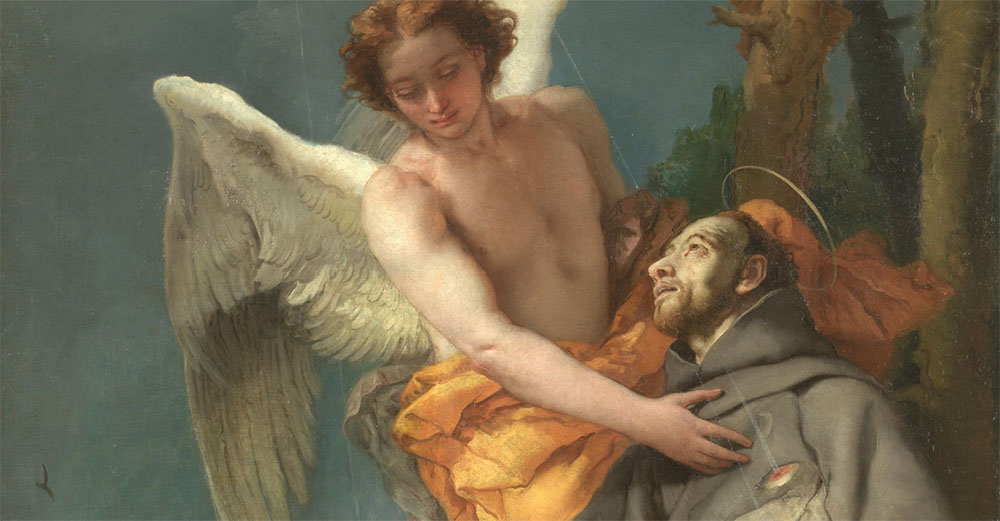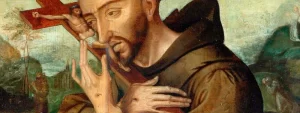The Meaning of “Transitus”
Celebrated annually on the evening of October 3, the word transitus (Latin for “passage” or “crossing”) reflects the Christian belief that death is not the end, but a sacred return to God. For Franciscans, this event is more than a remembrance of St. Francis’s death; it is a spiritual moment that embodies his lifelong commitment to Christ and the Gospel.
Francis’s Final Hours
St. Francis died in 1226 near the Portiuncula chapel in Assisi, the humble center of the Franciscan movement. At his request, he was laid on the bare earth, clothed in simplicity, to mirror the poverty and humility he had embraced throughout his life. Surrounded by his brothers, he prayed Psalm 142 and sang his Canticle of the Creatures, adding a verse that welcomed “Sister Death.” His final act was one of peace and surrender—dying as he had lived, in love with God and creation.

The Stigmata and Mystical Union with Christ
According to early Franciscan sources, Francis bore the stigmata—wounds resembling those of Christ—on his body, a visible sign of his deep spiritual union with the crucified Lord. These marks became more apparent after his death, reinforcing the belief that his life and death mirrored Christ’s own. The presence of the stigmata affirmed that his transitus was not only a physical death, but a sacred transformation, drawing him completely into the mystery of Christ’s Passion and Resurrection.
Modern Commemoration of the Transitus
Every year, on the night of October 3, Franciscans worldwide gather to celebrate the Transitus with prayer services and vigils. These services often include readings from Scripture, hymns, and selections from early biographies such as The Life of St. Francis by Thomas of Celano. The tone is reverent yet joyful, reflecting the belief that St. Francis did not merely die, but entered into the fullness of life with God. The ritual strengthens the Franciscan community’s spiritual bond and calls each member to deeper faithfulness.
A Model of Holy Living and Dying
The Transitus of St. Francis is not only a remembrance but a spiritual guidepost. His peaceful acceptance of death, his detachment from material things, and his unwavering trust in God model how Christians might approach their own mortality. In dying, Francis demonstrated the same Gospel values he had lived—humility, poverty, peace, and joy. His Transitus serves as a reminder that death, in Christ, is not a defeat, but a passage to eternal communion with God.
Conclusion: A Legacy That Lives On
St. Francis’s Transitus continues to inspire millions, both inside and outside the Franciscan tradition. It invites reflection on how to live a life of meaning, service, and holiness. Just as Francis welcomed Sister Death with open arms, all are invited to see death not with fear, but with faith and hope in the promise of eternal life. His final passage becomes, for us, a light on the path toward God.




